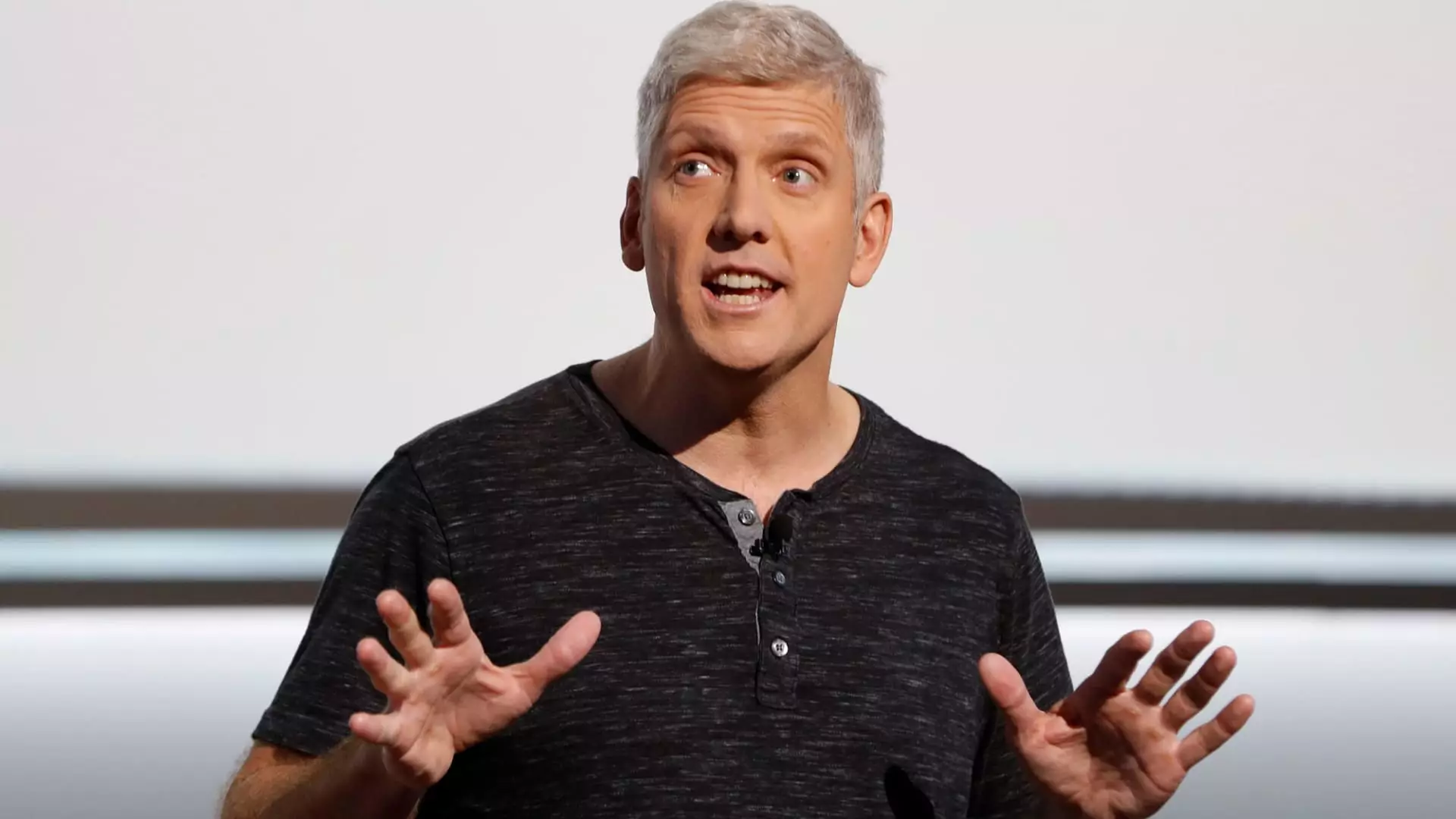As the landscape of technology continues to evolve rapidly, Google finds itself at a crossroads, especially within its Platforms and Devices unit. This unit, which encompasses a significant workforce of over 25,000 employees, is now the focus of potential restructuring efforts aimed at improving efficiency and adapting to strategic priorities. In a move intended to navigate impending changes, Google is offering voluntary buyouts to employees amid indications that layoffs may follow.
The decision to offer buyouts comes against a backdrop of increasing emphasis on artificial intelligence (AI) within the company. With Google’s management signaling an urgent need to streamline operations and cut costs, this program reflects a proactive step to manage workforce size before making more drastic cuts. Senior Vice President Rick Osterloh addressed the employees in a memo detailing this voluntary exit option, which targets full-time staff within the U.S. It represents an opportunity for those seeking a transition away from Google to receive financial support as they exit.
Voluntary exit programs are commendable in the sense that they allow employees to make choices that align with their career aspirations and personal circumstances. For many, the stress of rapidly evolving job requirements, particularly in a hybrid work environment, can be overwhelming. Employees who feel disconnected from the unit’s goals or who are struggling to keep pace may welcome the opportunity to leave with severance benefits, which offer a semblance of security while they seek new opportunities.
The restructuring initiative is closely intertwined with Google’s renewed focus on AI as a cornerstone of its growth strategy. Recently appointed Chief Financial Officer, Anat Ashkenazi, articulated a vision for aggressive cost-cutting measures aimed at bolstering Google’s investments in AI infrastructure. By reallocating financial resources towards AI development, Google aims to position itself at the forefront of technological innovation. This pivot is reflective of broader industry trends where companies are increasingly recognizing AI as not just a feature, but a fundamental layer of their business models.
Furthermore, the consolidation of divisions—such as merging Android and Pixel teams—indicates a strategy focused on enhancing teamwork and resource allocation. Such internal consolidations often precede layoffs, as organizations strive to maximize output with fewer resources. Staff members have expressed concern over job security, leading to initiatives like internal petitions advocating for transparency and protection.
The reception of the buyout announcement among employees has generated a mixed response. While some express appreciation for the voluntary nature of the program—as it offers an alternative to immediate layoffs—others remain apprehensive about the future of their jobs. Internal discussions reveal a sense of camaraderie in the P&D community, as numerous employees have shown support for Osterloh and the direction he has taken.
Notably, the notion of buyouts has been framed as a positive step towards preserving the culture of respect and consideration within Google. Employees are keenly aware of the challenges ahead, yet many commend leadership for listening to their concerns and facilitating a transition path that honors individual choices. The fact that these discussions have sparked significant engagement within the workforce speaks to the strength of the internal community, fostering solidarity even amidst uncertainty.
As Google copes with this transitional phase, it is crucial to consider implications not just for employees but for the company’s long-term trajectory. The Platforms and Devices division, while not as lucrative as Google’s advertisement sector, has shown remarkable revenue growth, suggesting it still holds substantial value to the company. Despite the risks associated with workforce reductions, giving employees voluntary options through buyouts could help manage morale and limit future disruptions.
Moreover, the current climate is indicative of wider trends in the tech industry. Companies across this sector grapple with both rising operational costs and evolving consumer expectations. Google is not immune to these pressures, especially as geopolitical tensions could lead to additional import tariffs affecting hardware costs. Such developments further complicate financial planning, making strategic decisions about workforce management essential for sustainability.
Google’s introduction of buyouts within its Platforms and Devices unit signals a significant shift as the company redefines its operational priorities. Emphasizing AI, reorganization, and employee choice, Google strives to navigate an increasingly complex environment while fostering a culture that values transparency and adaptability. Through these efforts, the tech giant aims to forge a more streamlined, innovative path forward even in challenging times.

